
The Real Places Behind the Fiction
Some towns don’t just sit quietly on the map; they live on through the pages of classic American literature. From quiet streets to open plains, these places helped shape stories that still influence readers today.
Whether you’re planning your next trip or just love seeing how fiction and real life connect, these towns offer a thoughtful way to explore the U.S. Each stop gives you a glimpse into the settings and surroundings that helped inspire unforgettable characters, bold ideas, and timeless voices.
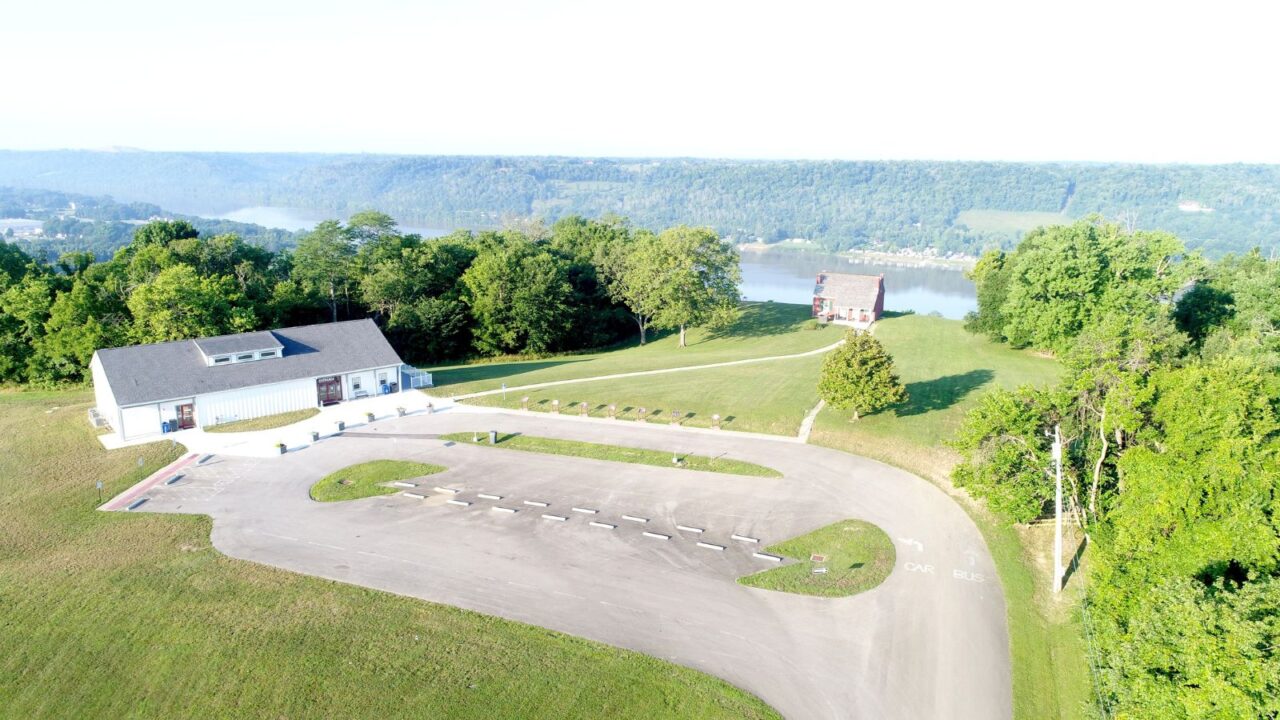
Ripley, Ohio – Uncle Tom’s Cabin in
Ripley sits along the Ohio River and helped shape the story behind Uncle Tom’s Cabin by Harriet Beecher Stowe. The town’s history is rooted in bravery, with the John Rankin
The house stands as a powerful reminder of those who helped people escape slavery. The streets are quiet today, but the past feels close here. It’s a place for visitors who want to connect with a meaningful chapter of American history through both landscape and story.

Salinas, California – Of Mice and Men and East of Eden
John Steinbeck’s childhood home of Salinas gave life to his best-known works. His museum, the National Steinbeck Center, offers a look into the social landscapes he wrote about.
Nearby fields and farmland mirror the backdrop of Of Mice and Men, while the spirit of East of Eden still lingers in the surrounding valleys. This is a great stop for travelers who appreciate stories built around place and people.
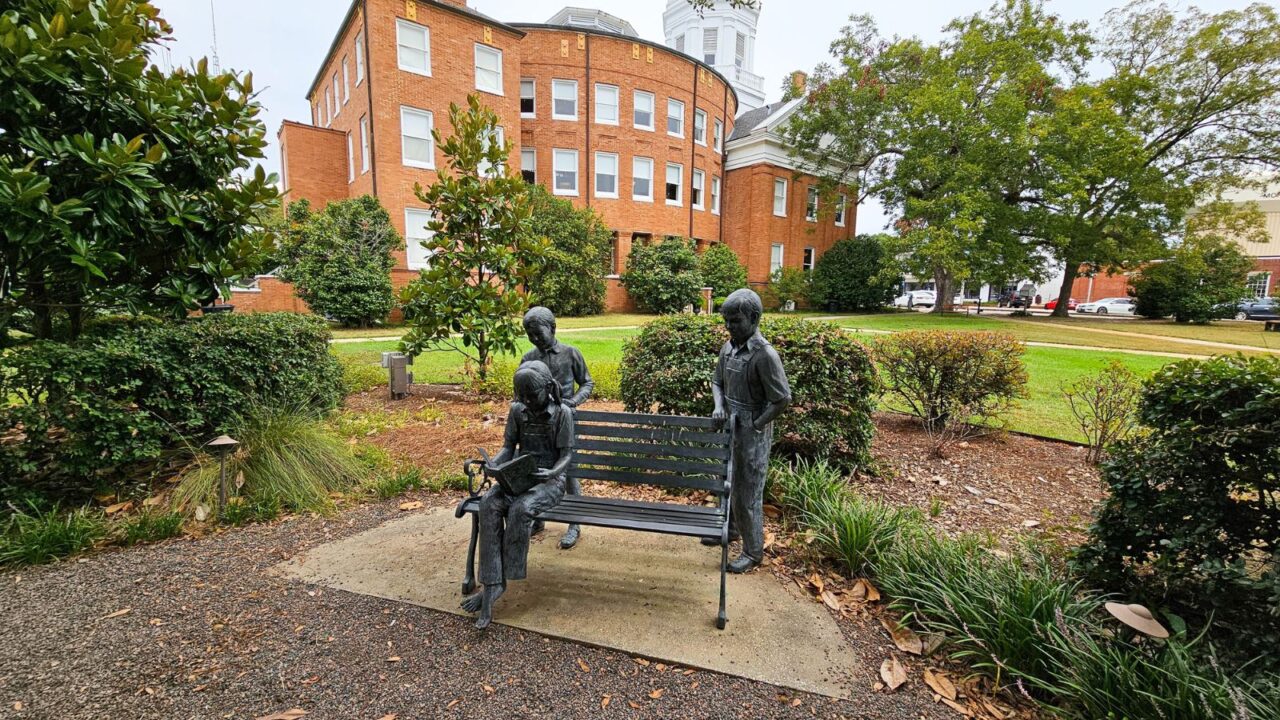
Monroeville, Alabama – To Kill a Mockingbird
Monroeville honors the legacy of Harper Lee’s To Kill a Mockingbird. The old courthouse in the center of town resembles the one in her novel and now hosts live performances of the story.
The streets here are slow and shaded, with historical markers that guide you through her world. You can also learn more about her childhood friend, Truman Capote, who found early inspiration here as well.
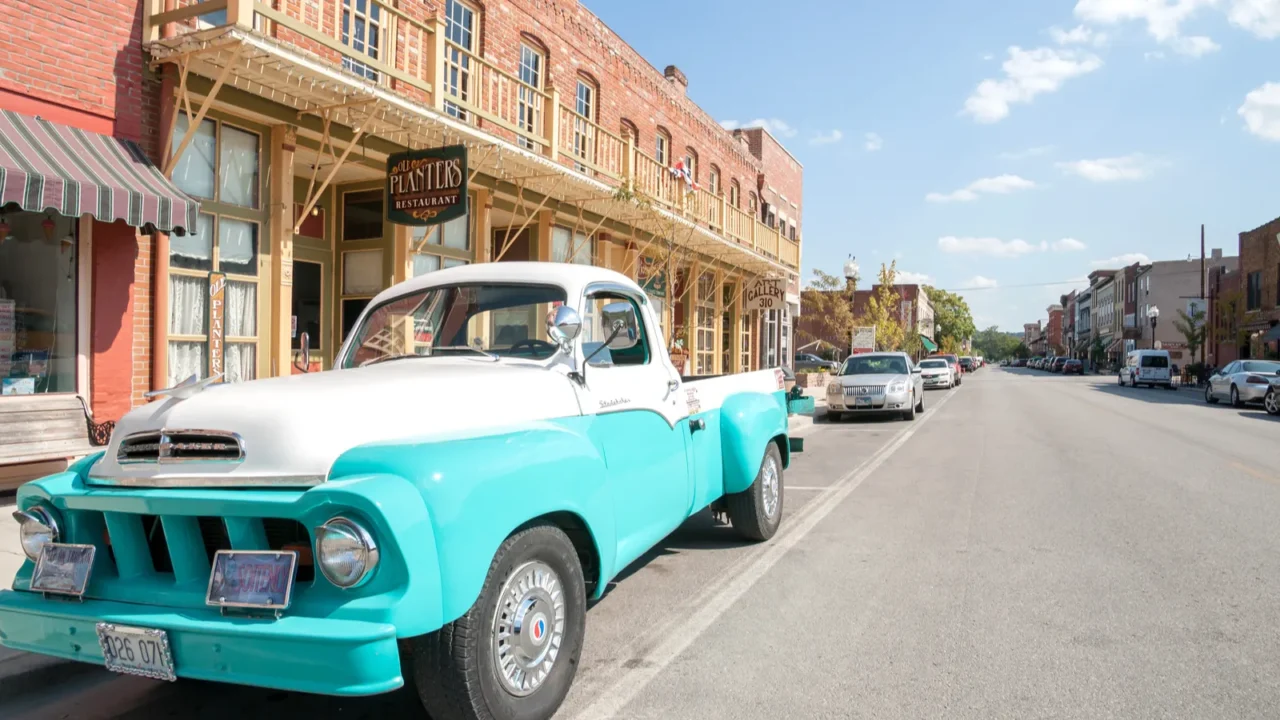
Hannibal, Missouri – The Adventures of Tom Sawyer
Mark Twain’s Hannibal is more than a backdrop; it was the setting for The Adventures of Tom Sawyer. Visitors can tour Twain’s boyhood home, the famous cave, and even the Mississippi River shoreline he wrote about.
The town preserves its literary connections with care, offering a chance to walk through places that shaped one of the most recognized American voices.
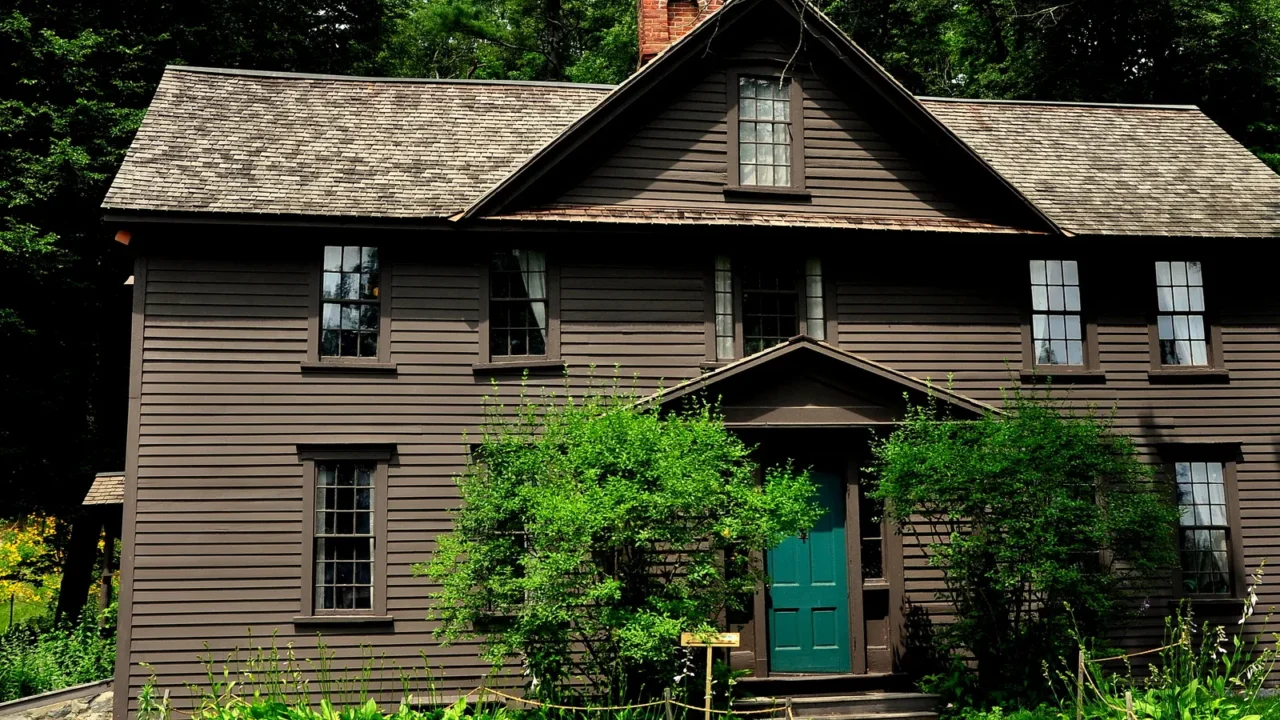
Concord, Massachusetts – Little Women and Walden
Concord is filled with literary landmarks, including Louisa May Alcott’s Orchard House and Henry David Thoreau’s cabin site at Walden Pond. These authors didn’t just live here; they worked, wrote, and developed ideas that influenced generations.
Visiting these sites offers more than history; it gives visitors a view into a community built around shared creativity and intellectual depth.
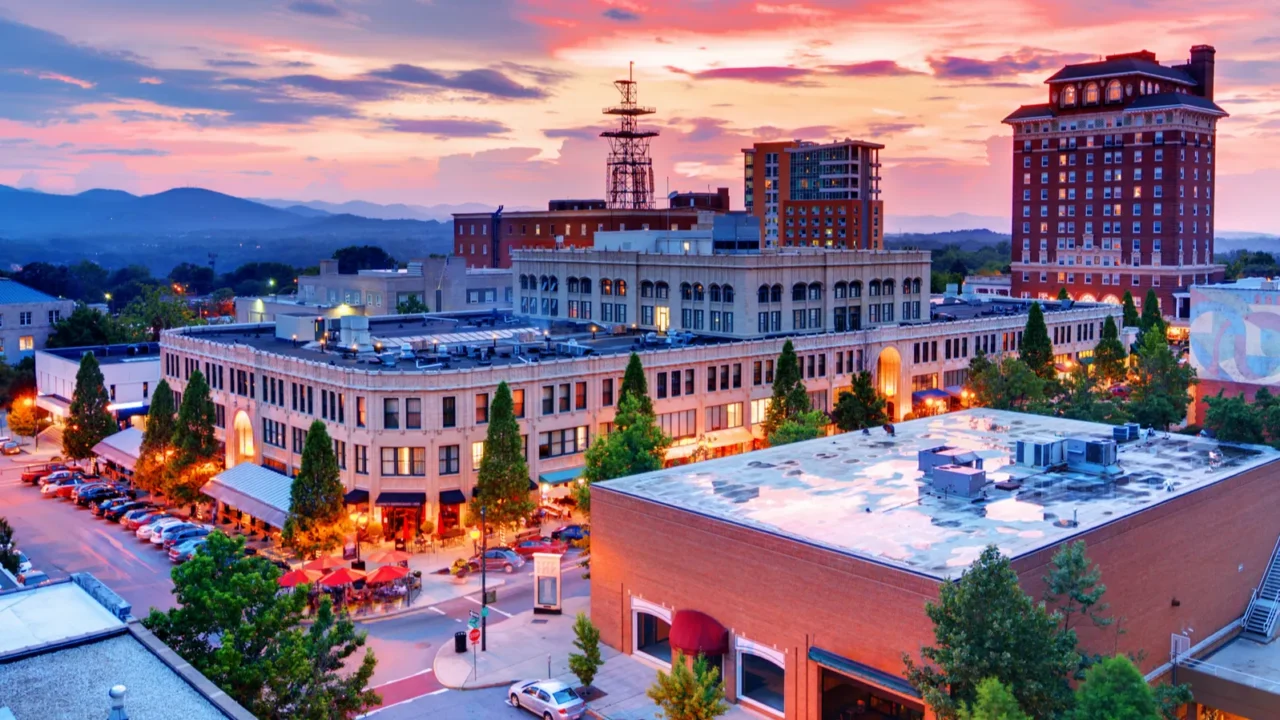
Asheville, North Carolina – Look Homeward, Angel
Thomas Wolfe’s Asheville remains closely tied to his autobiographical novel Look Homeward, Angel. His former home, now a memorial, captures his personal story and how deeply he saw the world around him.
Asheville has since grown into a creative hub, but Wolfe’s literary presence remains easy to find. For travelers who enjoy immersive storytelling, the town offers both history and fresh inspiration.

Key West, Florida – To Have and Have Not
Ernest Hemingway lived and wrote in Key West during one of the most productive periods of his life. His home, with its leafy gardens and polydactyl cats, still stands.
The coastal town inspired his novel To Have and Have Not, which draws on the island’s characters and seafaring culture. You can explore both the house and the nearby marina to better understand what drew Hemingway to this part of Florida.
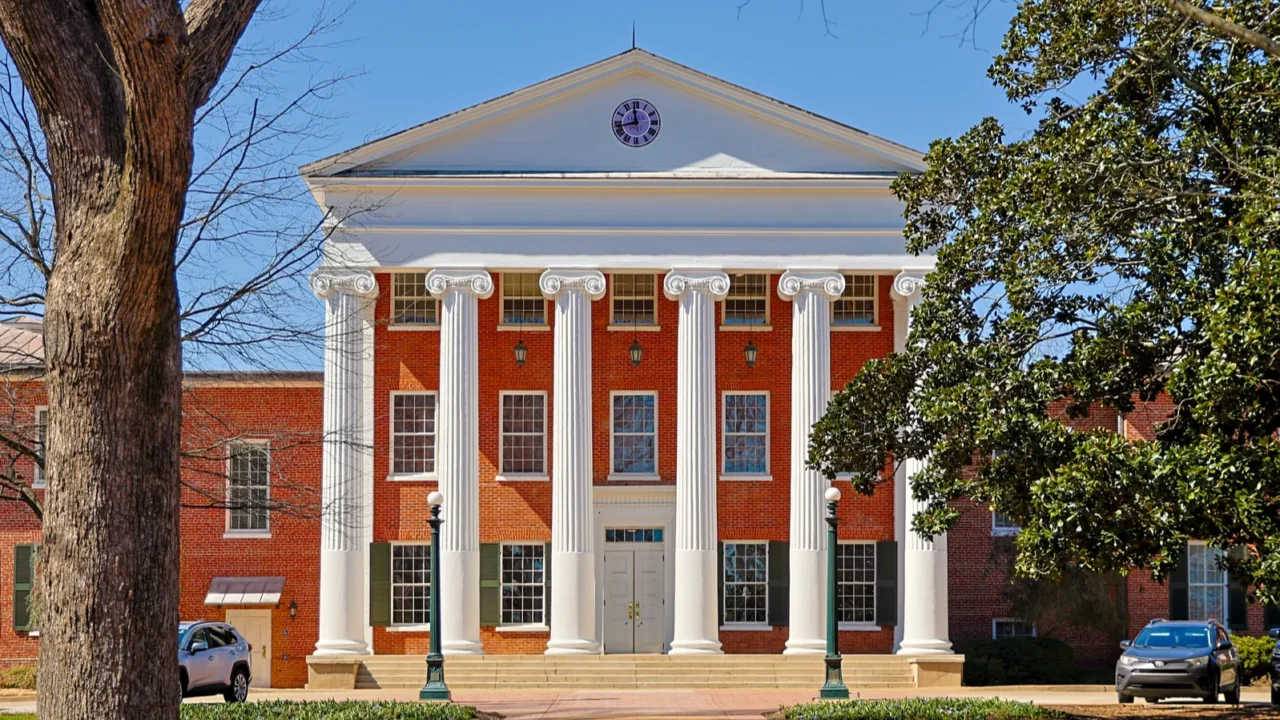
Oxford, Mississippi – The Sound and the Fury
Oxford shaped the fictional world of William Faulkner’s The Sound and the Fury and several of his other novels. You can visit Rowan Oak, the author’s home, where he outlined plots on the walls of his study.
The town square remains a literary landmark, complete with the bookstore Faulkner supported. Oxford invites you to think about Southern identity through the lens of one of its most complex writers.
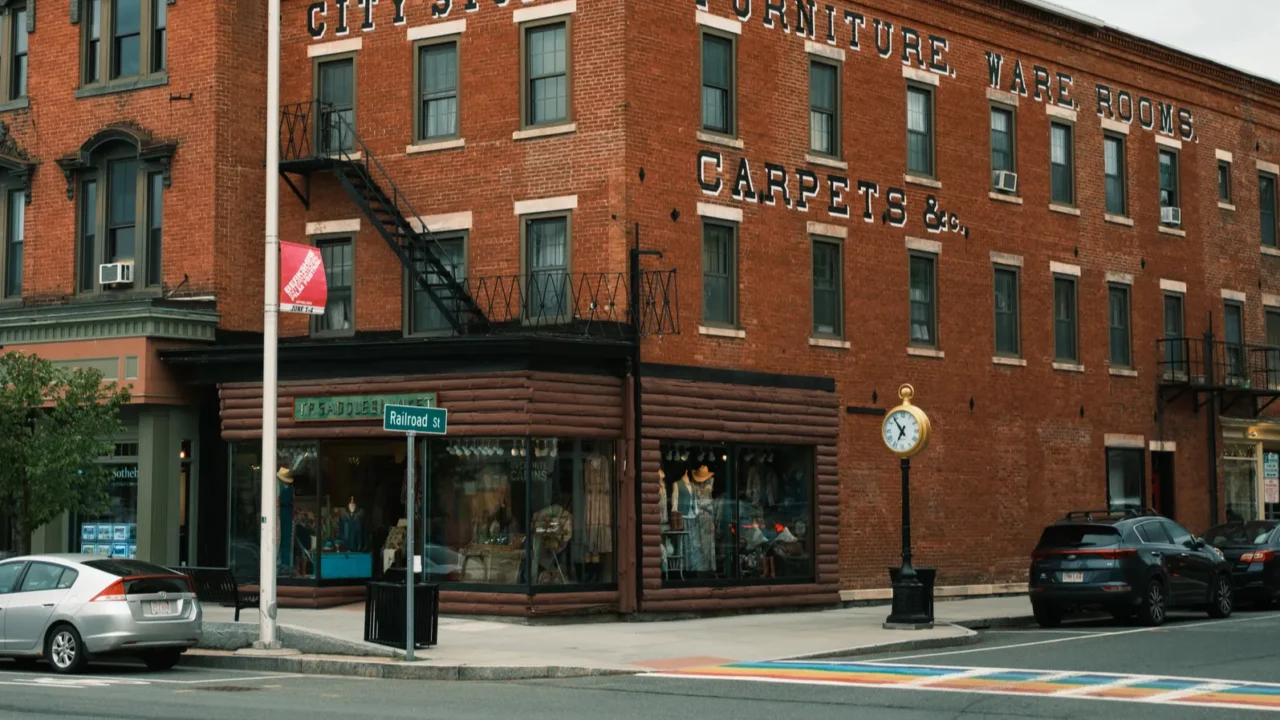
Great Barrington, Massachusetts – The Souls of Black Folk
W.E.B. Du Bois was born in Great Barrington, and the town honors his legacy through walking trails and memorial sites. While not a traditional novel, The Souls of Black Folk remains one of the most important literary works in American history.
Visiting this peaceful Berkshires town allows for thoughtful reflection on race, education, and American ideals.
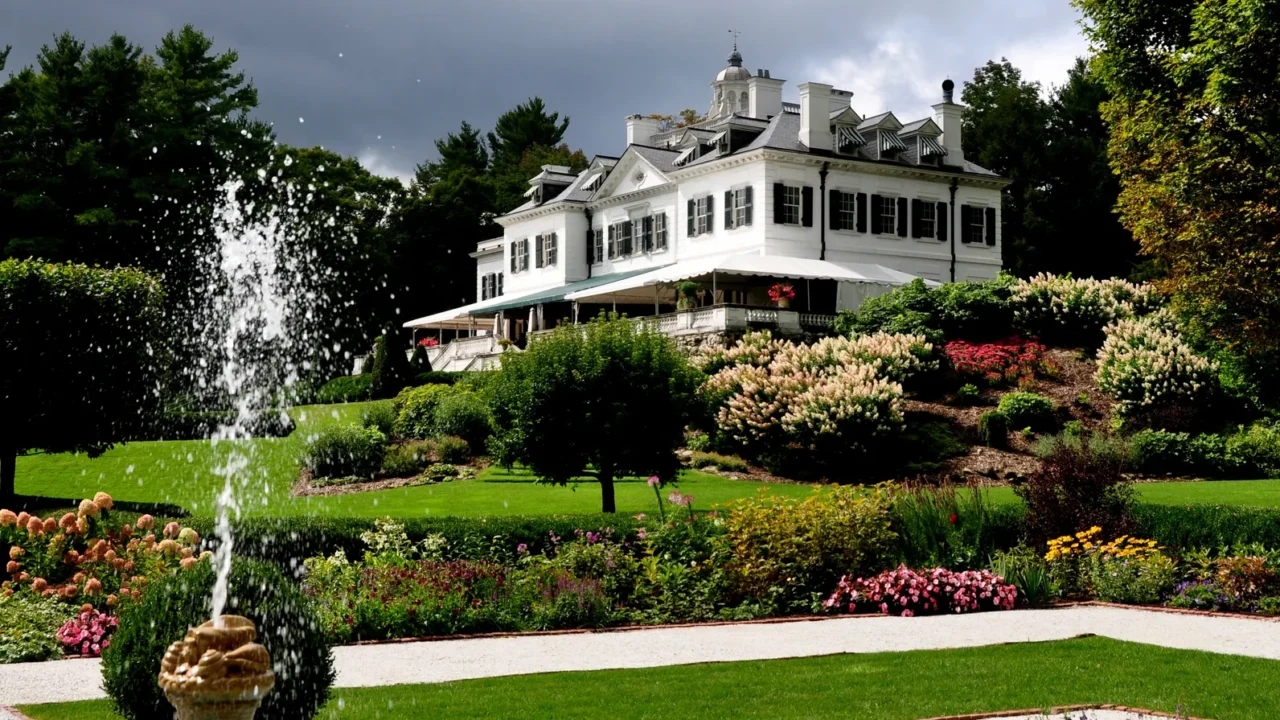
Lenox, Massachusetts – The House of Mirth
Edith Wharton wrote The House of Mirth while living at The Mount, her estate in Lenox. The home is open for tours and surrounded by serene gardens and walking trails. Wharton’s careful attention to structure and style shows in both her writing and her home.
Lenox blends elegance with a thoughtful pace, creating a perfect setting for literature lovers to slow down and take in the past.
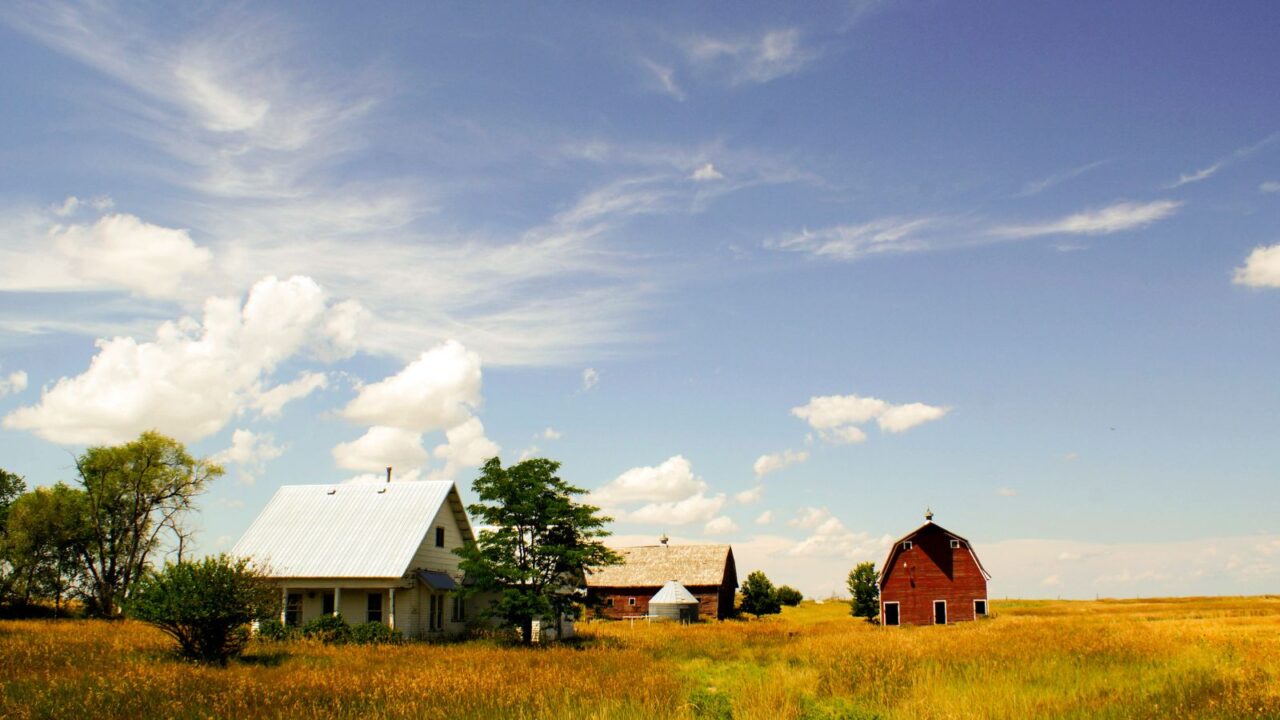
Red Cloud, Nebraska – My Ántonia
Willa Cather’s My Ántonia is rooted in Red Cloud, where the prairie landscapes still reflect the strength and hardship in her writing. Visitors can tour her childhood home and other landmarks connected to her stories.
The town’s wide streets and open skies mirror the settings Cather made famous. This is a destination for readers drawn to pioneer history and deep emotional storytelling.

Glen Ellen, California – The Call of the Wild
Jack London found peace and creative inspiration in Glen Ellen, part of California’s Sonoma region. His novel The Call of the Wild may be set in Alaska, but the land where he wrote it shaped his philosophy and view of nature.
London’s ranch is now a state historic park with trails, preserved buildings, and forest views. The visit helps you connect to London’s deep respect for wilderness.
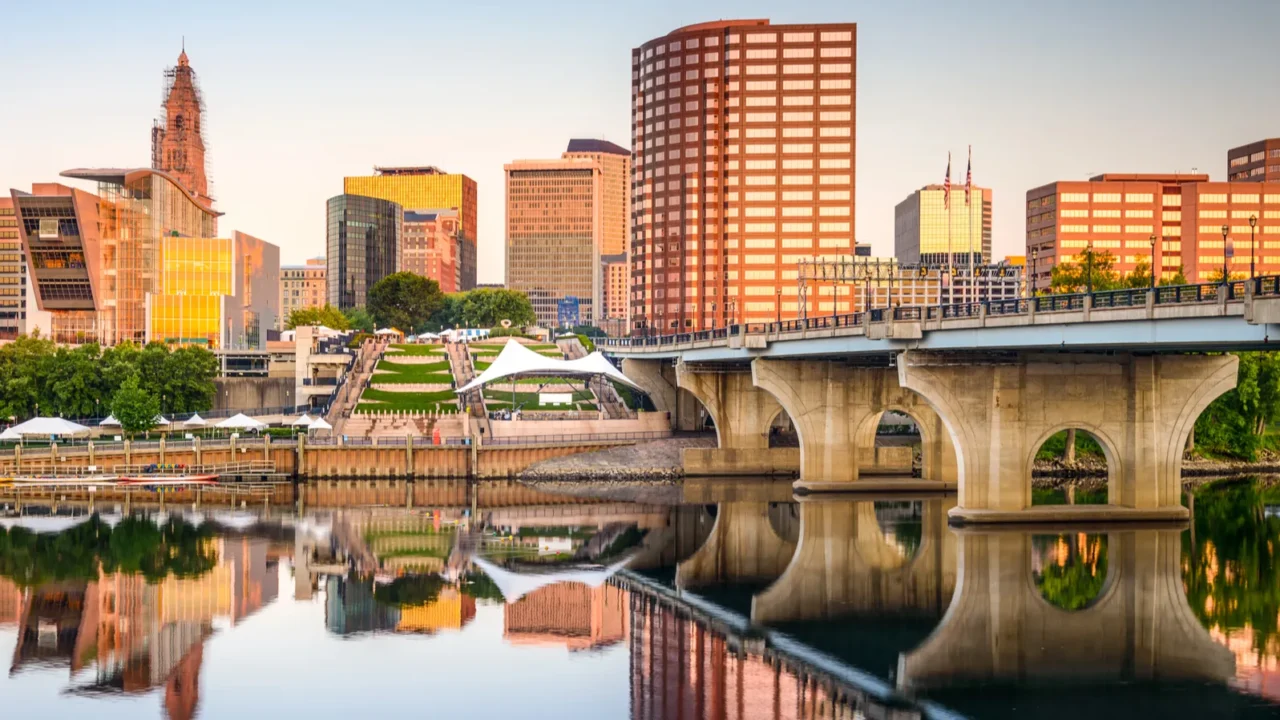
Hartford, Connecticut – A Connecticut Yankee in King Arthur’s Court
Mark Twain lived for many years in Hartford, where he wrote several of his major works, including A Connecticut Yankee in King Arthur’s Court.
The Twain House offers a detailed look at his daily life, with personal objects and preserved writing spaces. Just next door is the home of Harriet Beecher Stowe.
Together, these two properties represent a rich literary neighborhood worth exploring.

Sauk Centre, Minnesota – Main Street
Sinclair Lewis grew up in Sauk Centre, a town that inspired his novel Main Street. The book offered a critical look at small-town life, and the town continues to reflect that history.
His childhood home is open to visitors, and local shops reference the town’s literary legacy. Sauk Centre invites you to consider how place and identity connect in American literature, and maybe even pause by one of Minnesota’s dreamiest lakes while you’re there.
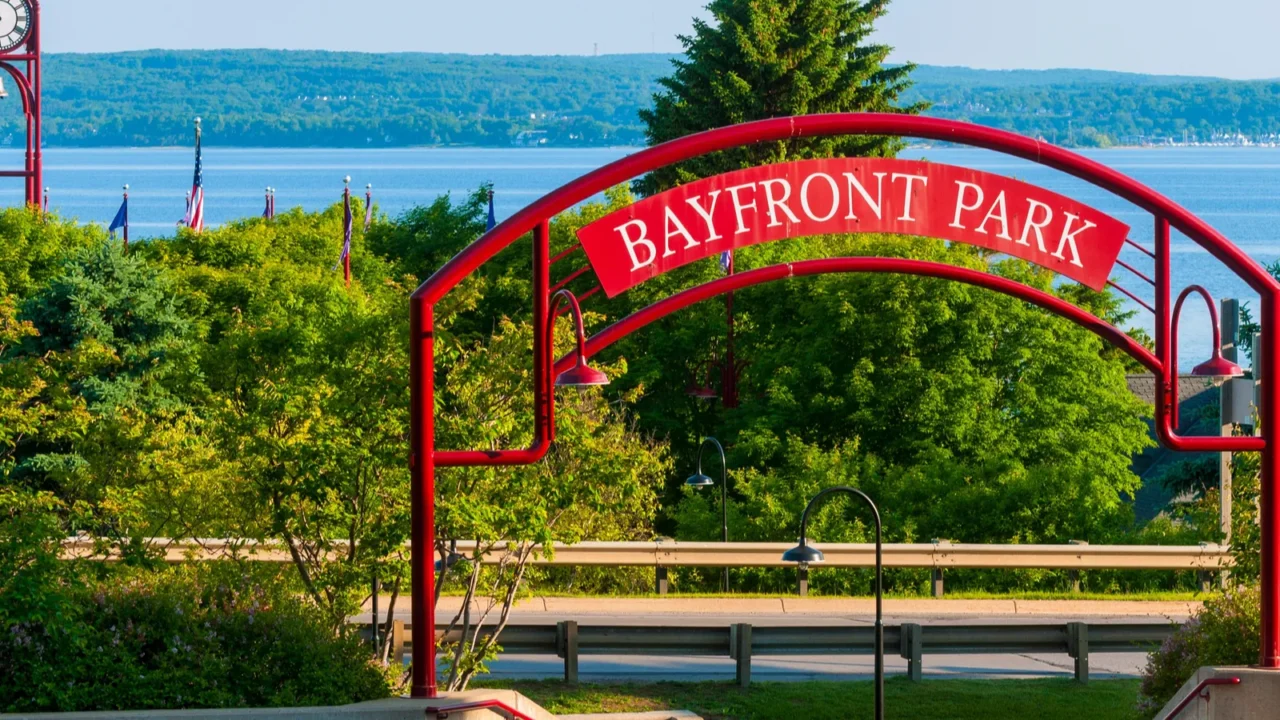
Petoskey, Michigan – The Torrents of Spring
Before settling in Key West, Ernest Hemingway spent time in Petoskey, a small town on Lake Michigan. His early novel The Torrents of Spring drew on his experiences in the area.
The town preserves several locations tied to his past, including his favorite hotel and writing spots. It’s a quiet and scenic destination for those who want to explore Hemingway’s early voice and the landscapes that shaped it.
Artists leave a little of themselves wherever they live, whether they’re writers or painters like Frida, whose vibrant spaces still reflect the inspiration behind her work.
Have a favorite literary town? Tell us in the comments.
Read More From This Brand:
- The Ultimate Weekend Road Trip Plan for Scenic Highway Lovers
- The Best Walkable Cities for a Car-Free Getaway
- The Most Iconic Hotel Buildings Around the World
Don’t forget to follow us for more exclusive content right here on MSN.
This slideshow was made with AI assistance and human editing.